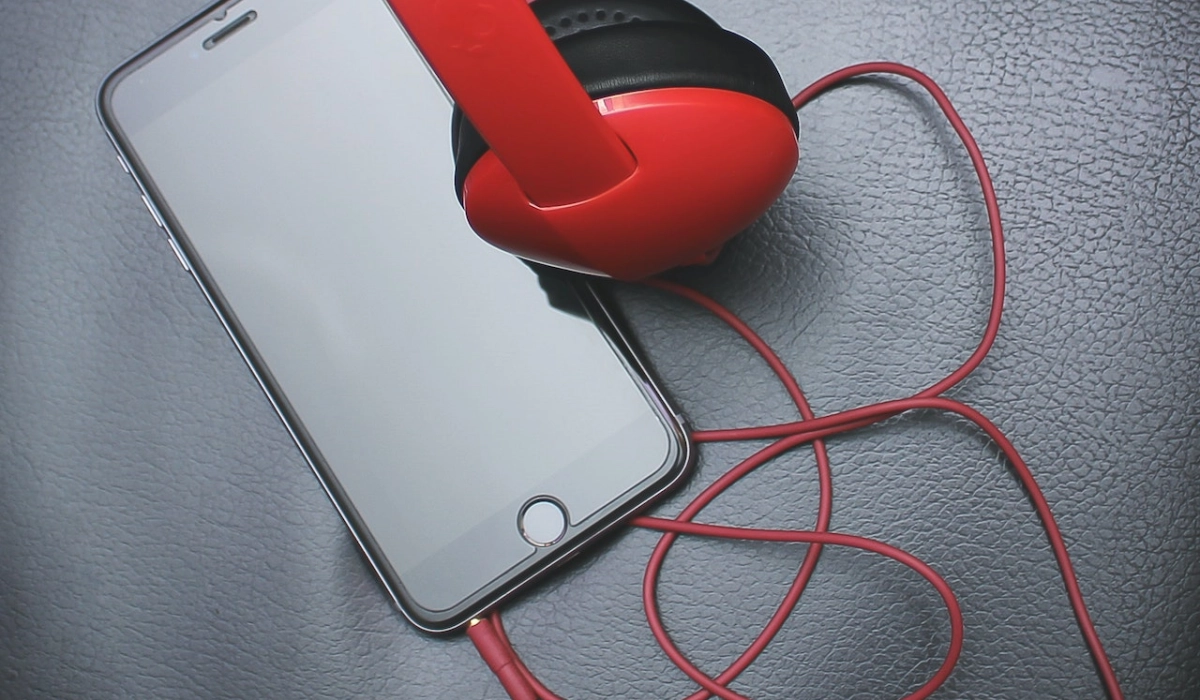I am a lover of wired headphones and one of those that still pine for the good old days when we were not restricted to wireless headphones and earbuds. I wish that my iPhone SE 2022 (read the review) had a headphone jack, but if wishes were horses. Finding iPhones with headphone jack these days has almost become mission impossible.
But you can still find some of the last ones if you look around and if you know what models to look for. In addition to the list of the last iPhones with headphone jack, I added a little bit of history to underscore the significance of these models, their features, and the evolution of audio connectivity.

Table of Contents
The Legacy of iPhones with Headphone Jack
Before the advent of AirPods and wireless earbuds, iPhones with headphone jacks were the embodiment of simplicity and universality. Users could connect any pair of headphones or earphones with a standard 3.5mm audio jack and instantly enjoy their favorite tunes, podcasts, or phone calls. The headphone jack was not just a physical port; it represented a common language that bridged the gap between devices and audio accessories.
Features and Functionalities
- Universal Compatibility: The headphone jack was a universal connector that allowed users to connect a wide range of headphones and earphones without compatibility concerns. From high-end studio headphones to budget-friendly earbuds, the headphone jack provided a seamless audio experience.
- Wired Audio Quality: Many audiophiles and casual listeners alike appreciated the audio quality delivered through wired connections. The absence of compression and interference ensured a reliable and consistent sound experience.
- Charging and Listening Simultaneously: iPhones with headphone jacks allowed users to charge their devices while listening to audio simultaneously. This convenience was especially valuable during long flights, road trips, or work sessions.
- Affordability: Wired headphones are often more affordable than their wireless counterparts, making them an attractive option for users who prefer reliable audio without breaking the bank.
The Transition to Wireless Audio
Apple’s decision to remove the headphone jack from its iPhones starting with the iPhone 7 marked a significant shift in the industry. This decision was met with a mixture of curiosity, resistance, and adaptation from both consumers and accessory manufacturers.
Wireless Earbuds and Convenience:
Apple’s introduction of the AirPods and subsequent releases of other wireless earbuds ushered in a new era of convenience. Users no longer had to deal with tangled wires or limited mobility, making wireless audio a popular choice for workouts, commutes, and everyday activities. This effectively marked the beginning of the end for iPhones with headphone jack.
Challenges and Solutions:
While the transition to wireless audio offered undeniable benefits, it also presented challenges. One of the most notable issues was the need to charge wireless earbuds regularly. Manufacturers addressed this concern by improving battery life and introducing charging cases that extended listening time.
Adapters and Third-Party Solutions:
For those who still cherished their wired headphones, Apple provided Lightning to 3.5mm adapters, allowing users to connect their traditional headphones to newer iPhones. Third-party manufacturers also developed a range of solutions, including Bluetooth adapters that could make existing headphones wireless.
Embracing Both Worlds:
Apple’s decision to remove the headphone jack sparked discussions about the future of audio connectivity. However, iPhones with headphone jacks have not yet completely faded into obscurity, though they are getting harder to find as the years go by. Many users continue to use and appreciate older models that include the headphone jack, valuing the simplicity, familiarity, and practicality it offers.
List of iPhones with headphone jack
iPhone SE (released 2016): this was the last iPhone model to come with a 3.5mm headphone jack. It is the most recent model that you can plug in a 3.5mm audio jack into directly. The iPhone 7 and iPhone 7 Plus (released in the same year): These phones were the first to come without a headphone jack. All iPhone models from that point are not fitted with a headphone port, though you can use a headphone jack with an adapter.
iPhone 6s, and iPhone 6s Plus (released in 2015): These iPhones came with a headphone jack. They have a 4.7-inch and 5.5-inch Retina HD display, respectively, and run on an A9 chip. They also have a 12-megapixel camera and support Touch ID. These models are quite dated now and only used units are available in the market, as far as I can tell.
Other iPhones with headphone jack include iPhone SE, iPhone 6 and iPhone 6 Plus, iPhone 5c, iPhone 5, iPhone 4s, iPhone 4, iPhone 3GS, iPhone 3G, and the original iPhone. These models have all been discontinued, so you will be hard-pressed to find them to buy. I doubt that you will enjoy using them anyway.
Choice Went Out The Window
iPhones with headphone jacks represent a bygone era in the smartphone industry, where wired audio connections were the norm. While wireless audio has undoubtedly become the prevailing trend, the presence of the last generation of iPhones with headphone jack serves as a reminder of the diverse choices users once had. These reminders will inevitably be consigned to museums forever. And then we all will have no choice but to move on.
PS: Samsung has followed the footsteps of Apple in doing away with the 3.5mm jack. Here are the last Samsung phones with headphone jack.